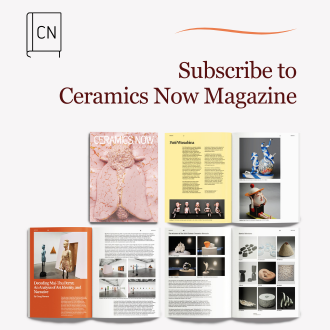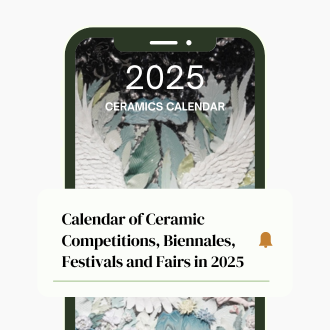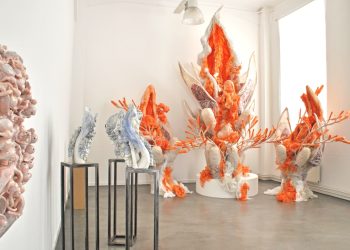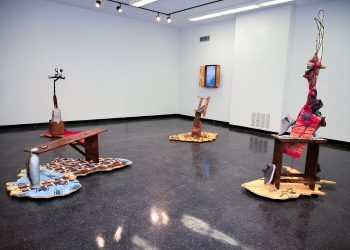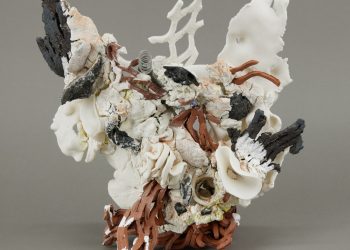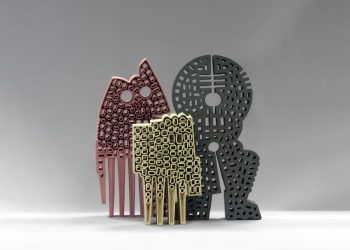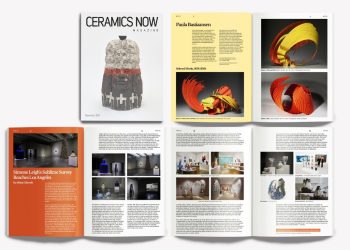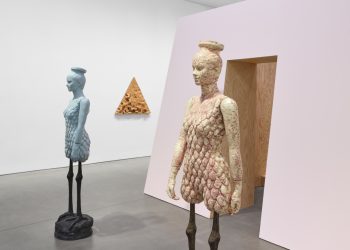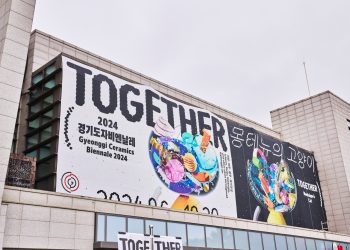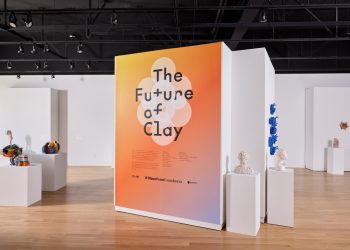Jørgen Frederik Scheel Haarstad is an artist, musician, and composer. Born in Oslo in 1969, Haarstad studied at the Musician Institute in Los Angeles between 1993-94, The Interdisciplinary Art Institute at Haslum, Norway, between 2003-10, and at KHIO – Oslo National Academy of The Arts, Norway, between 2010-15. His artistic expression is influenced by his experience as a professional drummer for over 25 years. Haarstad primarily explores and experiments with ceramics as audiovisual material in his works, and uses ceramics, such as porcelain waste and faulty production from Norsk Teknisk Porselen (NTP) in Fredrikstad, Norway, to produce sound objects and to create sound in visual performances. He searches for uniqueness and sound potential in each individual ceramic object by manipulating the objects’ movements to produce sound. Here, improvisation and experimentation lead the way.
Free expression and exploration of sound, sound objects, and sound production are his basic motivations as an artist. Haarstad’s stage and gallery art productions are characterized by the transcendence of genres, multidisciplinarity, and artistic diversity: industrial ceramic installations staged with contemporary ceramic sound collages he created as a performer and composer. He wants form, content, and strategies to reflect contemporary undercurrents and seeks continuous development and change. He aims for the continued development of his artistic expression and collaboration with partners in different genres to arouse interest and curiosity among those interested in art and music.
Jørgen Haarstad wants the expression of the form to be created along the way, focusing on detaching himself from a specific idea and rather trusting the process and seeking an experimental form. An example is Oxytycin A, produced at the Center for Ceramic Art, Ringebu, Norway (2021). Haarstad’s work was shown in multiple exhibitions in Norway and abroad, and in 2026, he will be a master presenter at the Clay Gulgong festival in Australia. He is a member of the International Academy of Ceramics.
Visit Jørgen Haarstad’s website and Instagram page.
Featured works
Selected works, 2015-2023
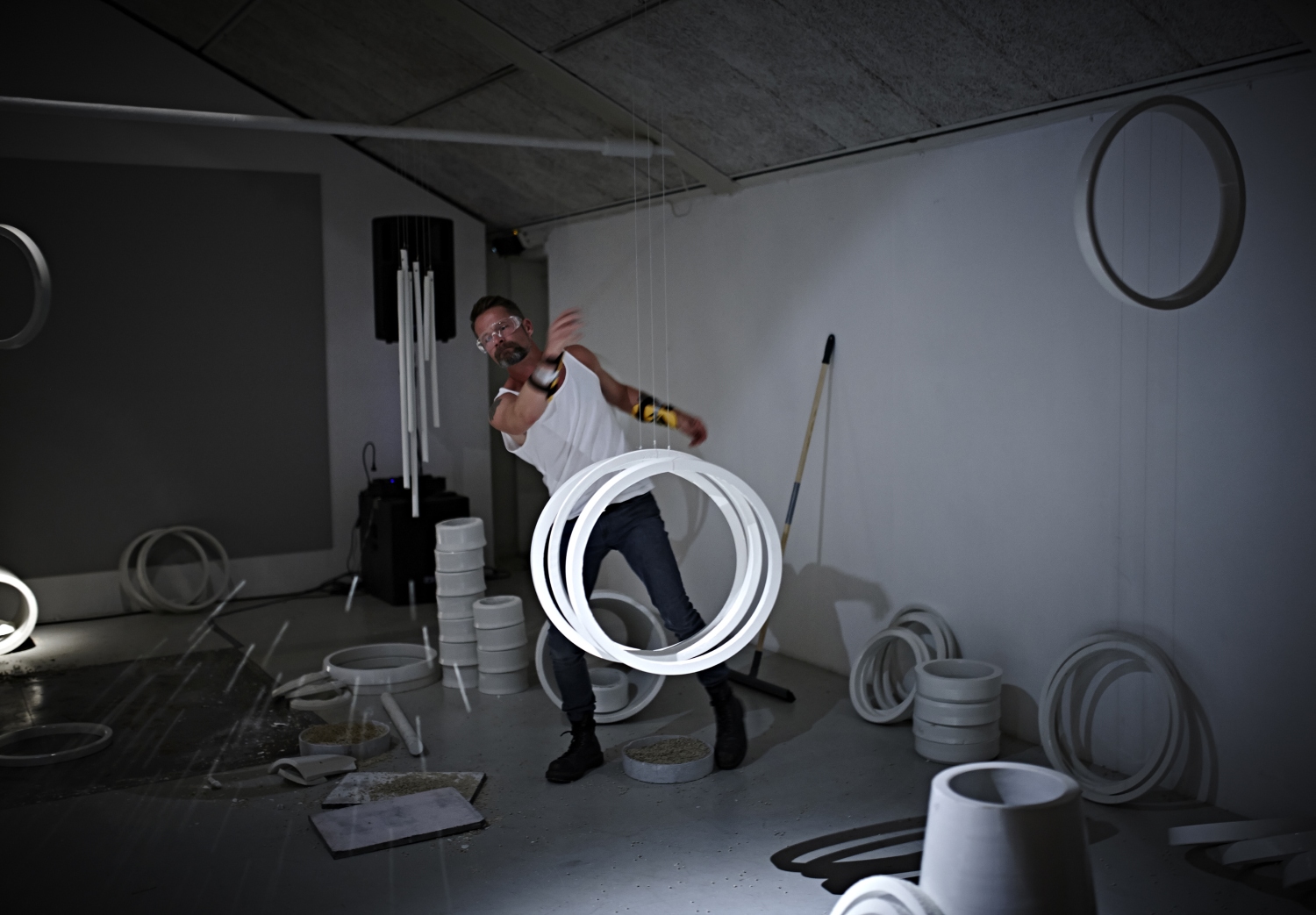
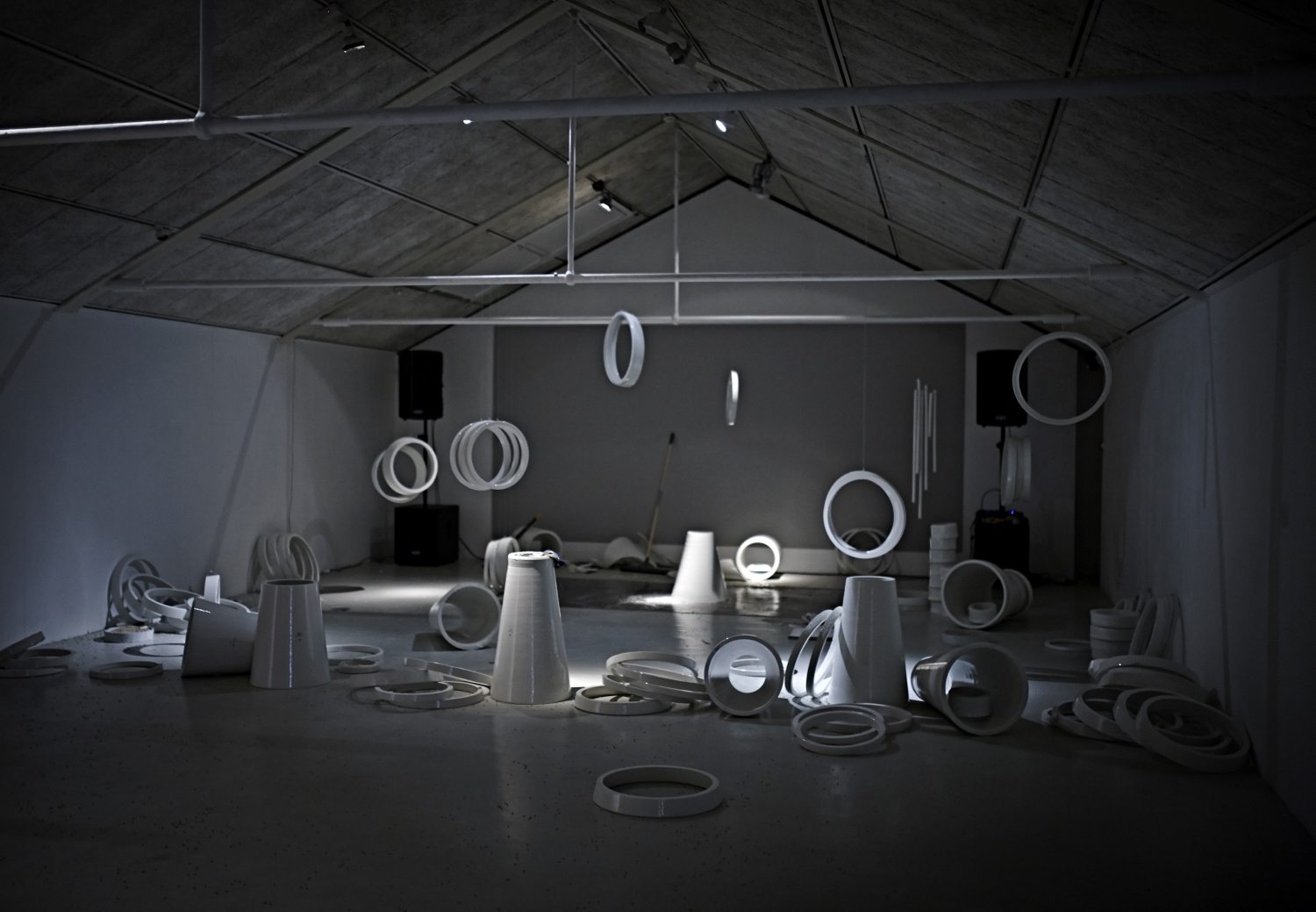
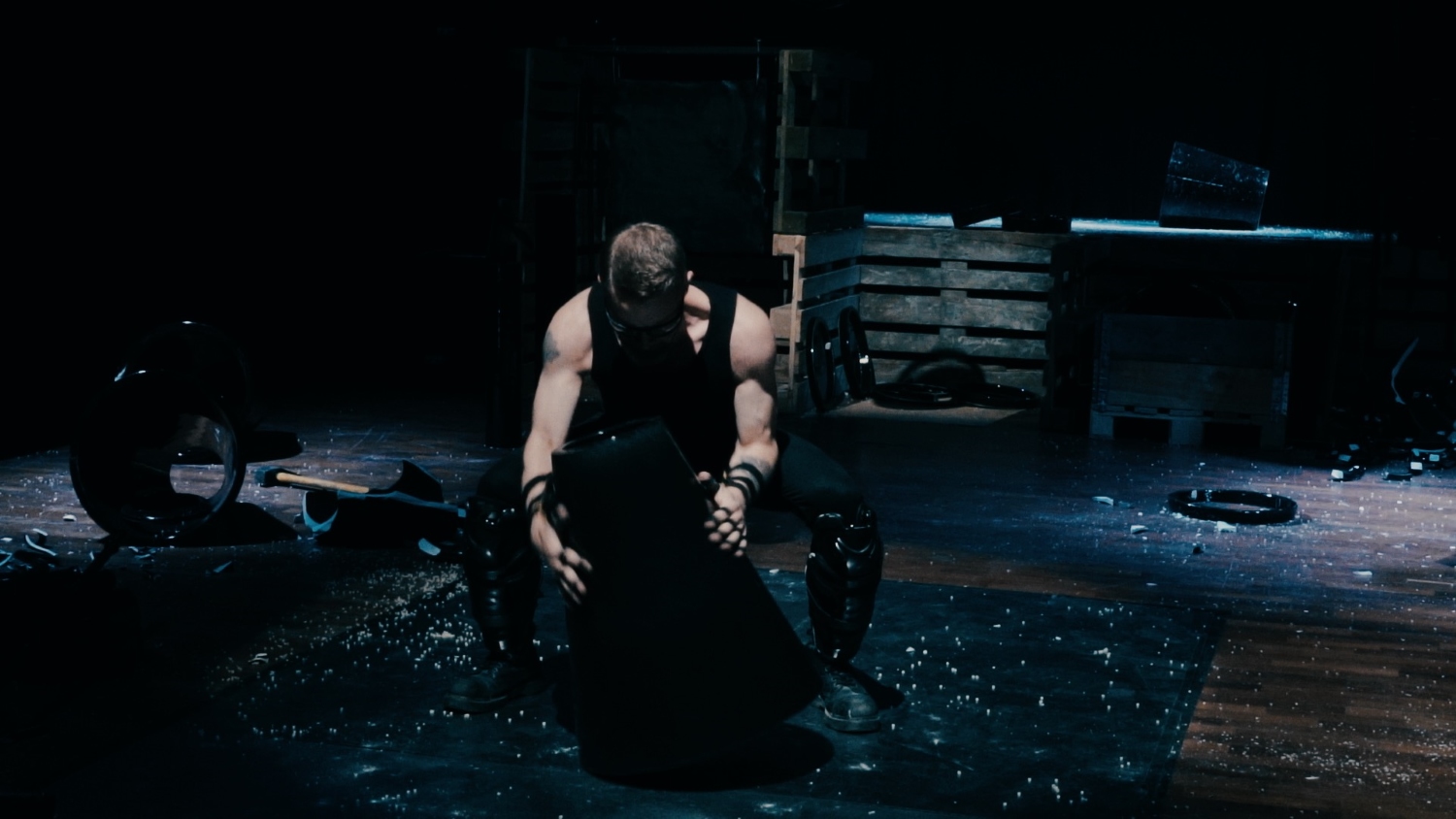
Like most great contemporary art, Jørgen Haarstad’s work does not really fit in any genre. He lends as much from the industrial worker and the rock musician as it does from fellow artists, and the result is complex yet an immediate and powerful, physical experience.
Trying to come up with a label for Haarstad’s work is quite enjoyable, as all attempts sound a bit awkward and does not come close trying to capture what he is about. Ceramic sound art? Conceptual ceramics? Performative or choreographed sculpture? They all say something about his body of works, but do not reveal their essence. In fact, Haarstad seems to cultivate a distinct aesthetic that moves clear of a stale intellectual understanding by engaging its spectator in a physical sense, acting as a source of contemplative delight. It makes for absolutely mesmerizing artworks, but all the more difficult trying to write something substantial about them without chipping away too much at what makes them unique.
[…]
Haarstad’s work can be interpreted as a negation of the systematic structures of society, as his art seem to instead favor a wild and untamable nature. In this respect, he becomes the diametric opposite of the industry worker who perfects a product and repeats the process for as long as there is a demand. Developed countries are moving closer to becoming post-industrial societies, where information, knowledge and services fuel the economy instead of industrial manufacturing. And, in a not too distant future – according to numerous predictions – we might also evolve into a post-work society, where machines have taken the majority of the jobs. Realizing that we are moving towards an age of automation where factory workers are rapidly being replaced by faster, cheaper, better robots, makes me perceive Haarstad’s work as even more humanistic, since it shows the spontaneity that make up human creativity. In the end, his work is not an elegy of a dying industry, nor merely destruction. I think of it more like an homage to the craftsman and a vital burst of energy which can, in turn, bring new creation.
Excerpt from a text by Espen Johansen about Jørgen Haarstad’s work.


